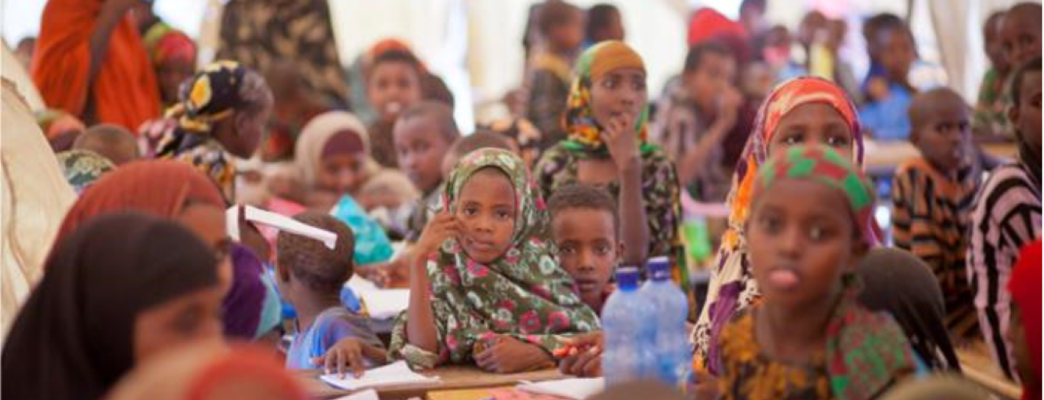Norway and Argentina, with the support of other states from several regions, relevant UN and civil society organisation, are aiming to increase attention towards the need to protect education from attack, particularly through current consultations on a Safe Schools Declaration.
There is an increased and growing awareness of the important benefits of education in a humanitarian and developmental context among donors and relevant actors. Education, including in conflicts and emergencies, is a priority for Norway, as demonstrated in the Government’s white paper on Education for Development presented in June 2014.
However, the growing recognition of the importance of delivering and securing education and the encouraging progress made is often haltered, and sometimes even reversed, in conflict areas because of attacks on pupils, teachers and educational facilities. Attacks on education are increasing; and the military use of schools and universities in armed conflict is a particular part of this problem. Research has documented that the use of educational facilities for military purposes can have devastating consequences for children, young people and their teachers. When armed actors use educational facilities they can become targets of retaliatory attacks. The presence of armed actors on school grounds also increases the likelihood of children being recruited to take part in conflict and makes them vulnerable to gender-based violence. There is a significant need for a stronger political commitment to counter this trend, to avoid a “lost generation” and to ensure access to safe schools and education for all.
Civil society took the initiative to address this issue in a practical manner and states have increasingly taken the lead in the process that has evolved over the last three years.
On 2 April 2014 the Global Coalition to Protect Education from Attack (GCPEA) and the Permanent Missions of Argentina and Norway in Geneva organised a briefing for all Member States. At the meeting GCPEA presented The Draft Guidelines for Protecting Schools and Universities from Military Use During Armed Conflict, which had come out of the so-called “Lucens Process.” Later, on 16 December 2014, the Permanent Missions of Argentina and Norway in Geneva organized a discussion for all states and presented the finalized Guidelines for Protecting Schools and Universities from Military Use during Armed Conflict (The Guidelines). States were subsequently invited to take part in a consultative process on a Safe Schools Declaration in Geneva.
Grounded on humanitarian and developmental considerations, The Safe Schools Declaration is a significant political expression of our shared overall objective to strengthen the protection of children and education. It is a commitment to use and promote The Guidelines and towards a collaborative effort to prevent and reduce attacks on schools and education. The Safe Schools Declaration was adopted at the conference “Safe Schools – Protecting Education from Attack.” which took place on 28.-29. May 2015 in Oslo.
